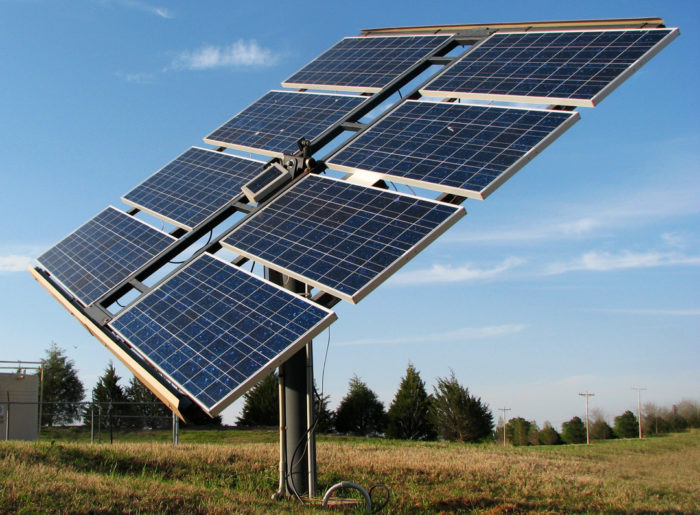
Image Credit: Stock.Xchng
State lawmakers in Indiana are considering a bill that could lead to lower net-metering rates for customers who own photovoltaic (PV) systems and wind generators, and allow utilities to charge new fees to cover the cost of grid maintenance.
The legislation easily cleared the House Utilities, Energy and Telecommunications Committee and was headed for a full House vote later this month. The Senate has yet to act.
The IndyStar reported that support for the bill was sparse during a public hearing; opponents lined up to urge lawmakers to table the bill until its effects were better understood.
But Kerwin Olson, executive director of the Citizens Action Coalition of Indiana, said by phone that the panel approved the bill nonetheless on a 9-4 vote and sent it to the full House.
Olson said the bill would do three things:
- Permit utilities to file for new net-metering rules that would pay homeowners with wind or PV systems the avoided cost for electricity rather than the retail rate they currently get. Average retail rates are about 11 cents to 12 cents per kilowatt hour; the avoided cost rates are between 2 1/2 cents and 4 cents per kWh.
- Allow utilities to seek a fixed charge to cover grid maintenance.
- Allow utilities to seek an interconnection charge — that is, a fee for connecting PV and wind to the grid.
The impact would be limited for now
There aren’t that many people in Indiana who have the ability to generate their own electricity — only 600 “distributed generation” customers in a rate base of some 3 million — so the legislation would have limited reach for the moment.
Utilities in a number of states have argued that as the number of customers with solar or wind systems increases, net-metering reimbursements unfairly transfer the cost of grid maintenance onto other customers, many of whom can’t afford the big upfront costs of installing renewable energy.
In many states, the problem is more theoretical than real now because there are so few customers with renewable energy systems. Olson said legislation in 2011 capped distributed generation at 1 percent of peak load, and those customers now contribute about 10 percent of that. “There’s no fire that needs to be put out,” he said.
The measure, which resembles efforts to curb solar reimbursements and impose new fees elsewhere, doesn’t impose the new fees and net-metering rates on its own. It permits utilities to seek authority for them from state regulators, but Olson says the bill “sets the table” for regulators to rule in favor of utility requests.
“It considers the costs but not the benefits of distributed generation,” he said.
Olson was hopeful that bill could be stopped in the Senate, assuming it wins passage in the House. Publicity has been “huge,” he said, and that may give backers of the legislation cold feet.
Weekly Newsletter
Get building science and energy efficiency advice, plus special offers, in your inbox.















0 Comments
Log in or create an account to post a comment.
Sign up Log in